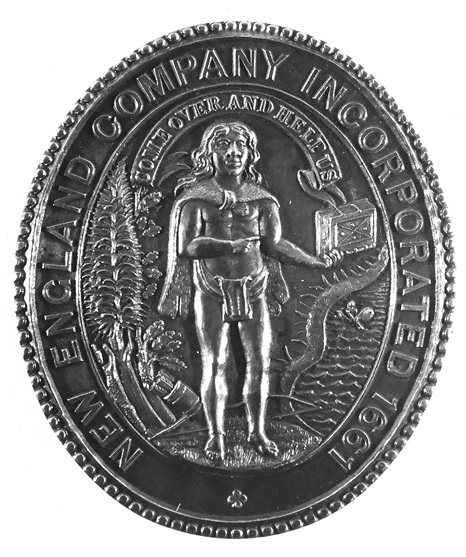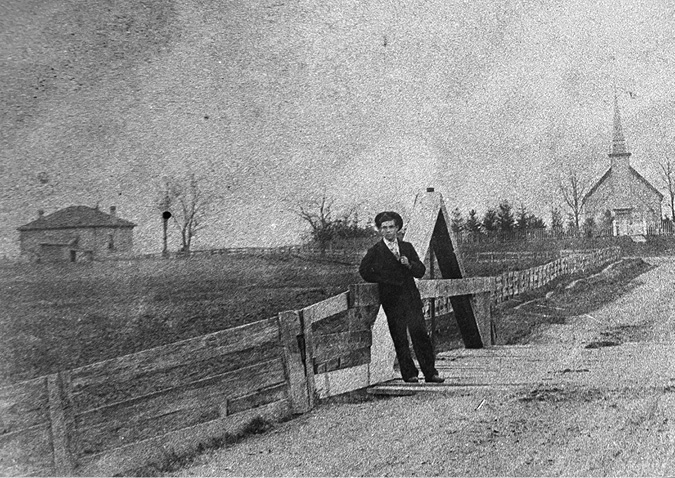Skip to main content

table of contents
Part 1
Historical Overview and Context of the Mohawk Institute
Figure 0.5. New England Company medallion.
Source: Woodland Cultural Centre
Figure 1.1. A nineteenth-century photo of the Mohawk Chapel, right, and possibly the original Mohawk Institute on the left.
Source: Richard Hill; photograph of an original photograph at the Mohawk Chapel